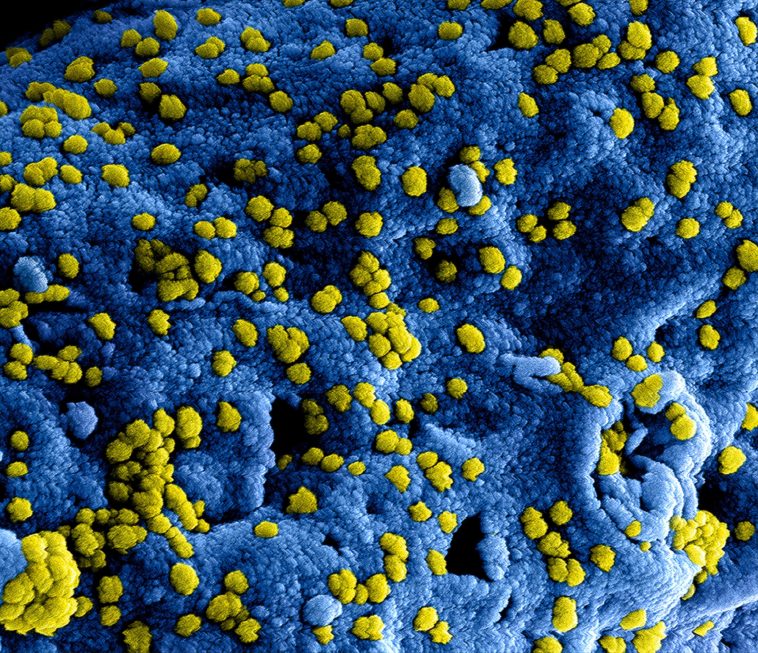Bacteria make up an extensive class of microorganisms that lack a nucleus, categorized as prokaryotes. Generally measuring a mere few microns in length, these microscopic entities come in an assortment of shapes including spherical, rod-like, and helical structures.
Classification and Domain
Bacteria belong to one of the three primary domains of life, alongside Archaea and Eukarya. Specifically, they fall under the domain Prokaryota, denoting their lack of a true nucleus. This is a fundamental difference from eukaryotic cells, such as those that make up plants and animals, which have a membrane-bound nucleus.
Morphological Characteristics
Size and Scale
When we discuss the size of bacteria, they are often measured in micrometers (µm), which are one-millionth of a meter. The most commonly observed bacteria tend to be between 0.5 µm to 5 µm in size, although there are exceptions.
Shapes and Types
Spherical Bacteria (Cocci)
These are generally round-shaped bacteria. They can exist as individual cells or may cluster together in groups.
Rod-shaped Bacteria (Bacilli)
These are cylindrical in shape and may exist either individually or in chains.
Spiral-shaped Bacteria (Spirochetes)
These take on a helical shape and are often more motile than their spherical and rod-shaped counterparts.
Physiology and Metabolism
Metabolic Diversity
Bacteria are metabolically diverse, meaning they can occupy a variety of habitats, ranging from extreme environments like hydrothermal vents to more common places like soil and water. Their metabolic processes can be broadly categorized into:
- Aerobic Respiration: Utilizing oxygen to metabolize substances
- Anaerobic Respiration: Capable of metabolizing without oxygen
- Fermentation: An anaerobic process to generate energy
Cellular Components
The bacterial cell typically consists of:
- Cell Wall: Provides structure and shape
- Cell Membrane: Regulates the passage of substances
- Cytoplasm: A jelly-like substance inside the cell
- Genetic Material: Usually a single circular DNA molecule
Medical and Environmental Importance
Pathogenic Bacteria
Some bacteria can cause diseases in humans, animals, and plants. They do so by producing toxins or by invasive growth within the host.
Beneficial Bacteria
Conversely, many bacteria are beneficial and essential for processes such as digestion in animals and nitrogen fixation in plants.
Environmental Roles
Bacteria play a crucial role in various environmental processes like decomposing organic matter and forming symbiotic relationships with other organisms.
Future Prospects and Research
Ongoing research is vital for understanding bacterial resistance to antibiotics, their role in ecosystems, and their applications in biotechnology.
Summary
Bacteria are microscopic, unicellular organisms belonging to the prokaryotic domain, lacking a defined nucleus. They come in a multitude of shapes and have diverse metabolic capabilities. While some can be harmful, causing diseases, many serve beneficial roles in both medical and environmental contexts.
By elaborating on their shapes, sizes, metabolic capabilities, and roles in various ecosystems, this article aims to offer a comprehensive understanding of bacteria, these fascinating and diverse microscopic entities that significantly impact life on Earth.





